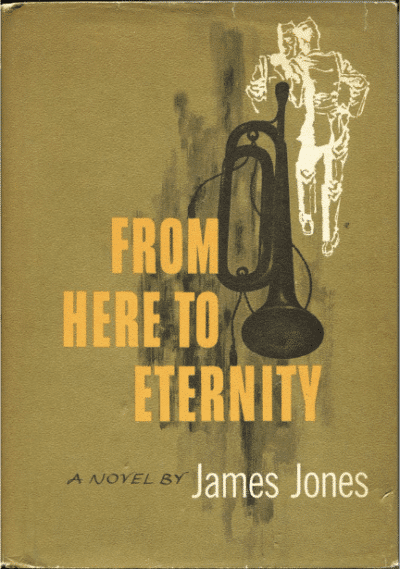


The central question they returned to time and again was whether Lyles herself would have approved of this poem being preserved for posterity. In addition, the editors relied on their long friendships with Lyles. The editors weighed the individual and collective merits of the poems in deciding how best to strengthen the beloved legacy that Lyles had already established. From those, they culled their final selection pool to some 800 haiku. Also, with her gift of subtlety, Lyles invites a visceral response to witnessing both manatee and heat lightning with a kind of stunned silence.Īlways grounded in season and time, Lyles’ haiku allows her readers an opportunity to slow down and recall their own individual touchstone moments.Īs editors, Barlow and Gilli faced the Herculean task of reading some 1,600 published but uncollected haiku Lyles had left behind. The jagged pattern left by a boat strike might resemble a zigzag of lightning. Each one, as Lyles said, “merges images from the exterior world with the landscape of the poet’s heart so effectively that a receptive and fully participatory reader can become part of the poem.”Įach image holds an indelible scene that asks the reader to join her in seeing. Lyles first began publishing haiku in the mid-1970s in pursuit of what she called “that shock of recognition.” Over more than three and a half decades, Lyles would go on to publish some 1,800 poems in her lifetime. Where Rain Would Stay, a title Lyles chose herself, is a fine tribute to her legacy as one of the most highly regarded English-language haiku poets to date. More than a decade after her passing, a broad collection of Peggy Willis Lyles’ masterful haiku have been assembled by longtime editors John Barlow and Ferris Gilli. John Barlow and Ferris Gilli (Editors) are the recipient of a Touchstone Distinguished Books Honorable Mention for 2022 for the volume Where Rain Would Stay: The Haiku Poetry of Peggy Willis Lyles (Ormskirk, UK: Snapshot Press, 2022).


 0 kommentar(er)
0 kommentar(er)
